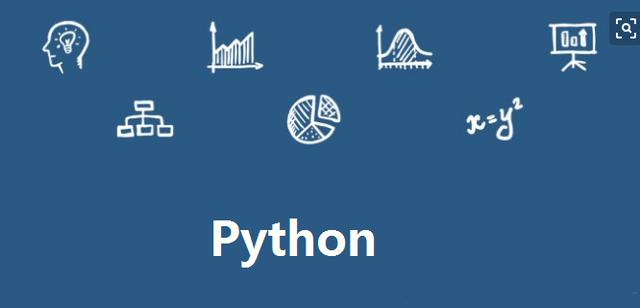Python教程——字符串中的第一个唯一字符
题目:
给定一个字符串,找到它的第一个不重复的字符,并返回它的索引。如果不存在,则返回 -1。
案例:
s = "leetcode"
返回 0.
s = "loveleetcode",
返回 2.注意事项:您可以假定该字符串只包含小写字母。
解题思路:
很简单的题,无非就是对字符串的字母进行频率统计,找到出现频率为1 的字母索引。
借助哈希映射两次遍历完成。第一次遍历进行字母频率统计,Hash Map 的Key 为字母,Value 为出现频率。第二次遍历找到频率为 1 的字母索引返回即可。
不同于单词频率统计,字母一共只有 26 个,所以可以直接利用 ASii 码表里小写字母数值从 97~122,直接用 int 型数组映射。建立映射:索引为 小写字母的 ASii 码值,存储值为出现频率。
哈希映射解题:
Java:
class Solution {
public int firstUniqChar(String s) {
char[] chars = s.toCharArray();//转成 Char 数组
Map map = new HashMap<>();
for (Character c: chars) map.put(c, map.getOrDefault(c, 0) + 1);//频率统计
for (int i = 0; i < chars.length; i++) {
if(map.get(chars[i])==1) return i;//找到词频为1的字母(只出现一次)返回其索引
}
return -1;
}
}Python:
class Solution:
def firstUniqChar(self, s):
count = collections.Counter(s)# 该函数就是Python基础库里词频统计的集成函数
index = 0
for ch in s:
if count[ch] == 1:
return index
else:
index += 1
return -1数组映射解题:
Java:
class Solution {
public int firstUniqChar(String s) {
char[] chars = s.toCharArray();
int base = 97;
int[] loc = new int[26];
for (char c:chars) loc[c - base] += 1;
for (int i = 0; i < chars.length; i++) {
if(loc[chars[i]-base]==1) return i;
}
return -1;
}
}Python 基础数据结构里没有 char 型,强行使用chr(i)转换,只会导致效率更低

字符串函数解题:
Java:
利用 Java 字符串集成操作函数解题,很巧妙,效率也很高。
其中:
indexOf(): 返回该元素第一次出现的索引,没有则返回 -1
lastIndex(): 返回该元素最后一次出现的索引,没有则返回 -1
class Solution {
public int firstUniqChar(String s) {
int res = s.length();
for (int i = 'a'; i <= 'z'; i++) {
int firstIndex = s.indexOf((char)i);
if (firstIndex == -1) continue;
int lastIndex = s.lastIndexOf((char)i);
if (firstIndex == lastIndex) {//两次索引值相同则证明该字母只出现一次
res = Math.min(firstIndex, res);//res 为只出现一次的字母中索引值最小的
}
}
return res == s.length() ? -1 : res;
}
}大家有什么意见的或者建议欢迎留言指出!更多的 Python教程也会继续为大家更新!大家有需要学习课程的也可以岫岩或者私信!
亿速云「云服务器」,即开即用、新一代英特尔至强铂金CPU、三副本存储NVMe SSD云盘,价格低至29元/月。点击查看>>
免责声明:本站发布的内容(图片、视频和文字)以原创、转载和分享为主,文章观点不代表本网站立场,如果涉及侵权请联系站长邮箱:is@yisu.com进行举报,并提供相关证据,一经查实,将立刻删除涉嫌侵权内容。
原文链接:http://blog.itpub.net/69923331/viewspace-2663734/